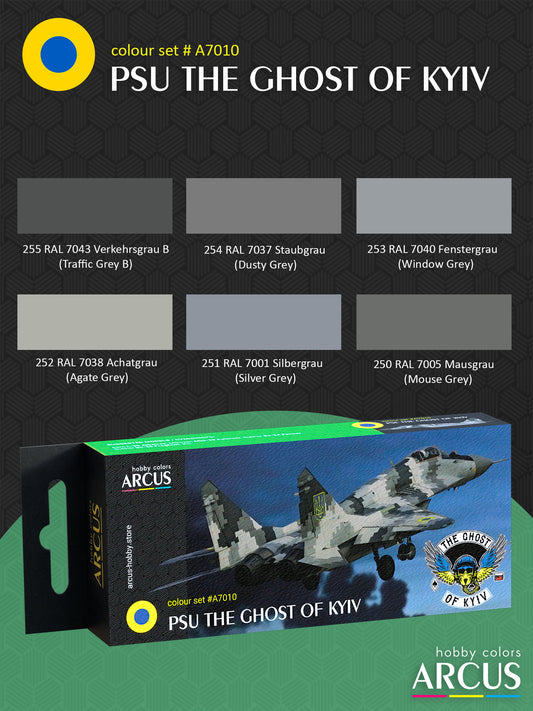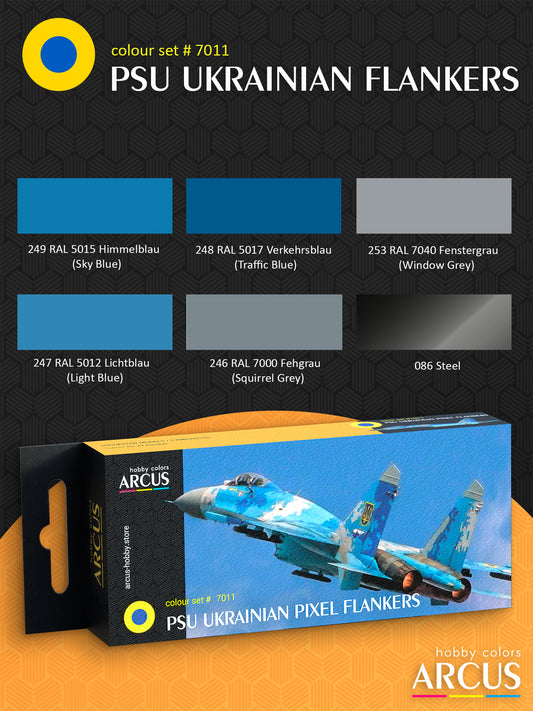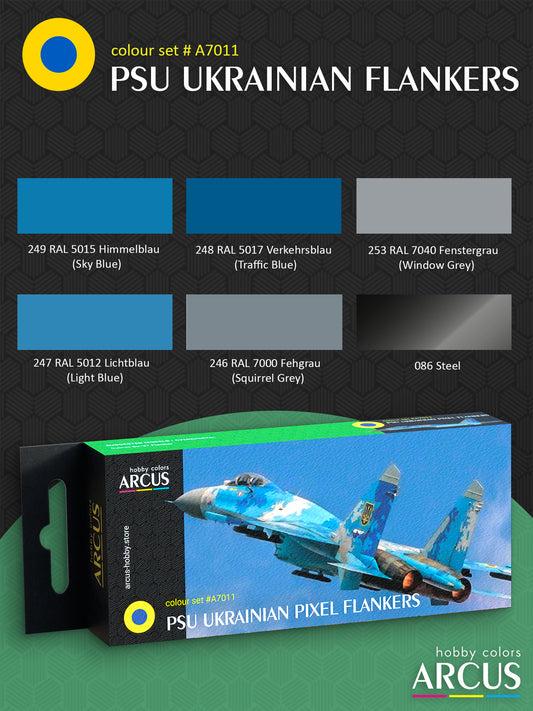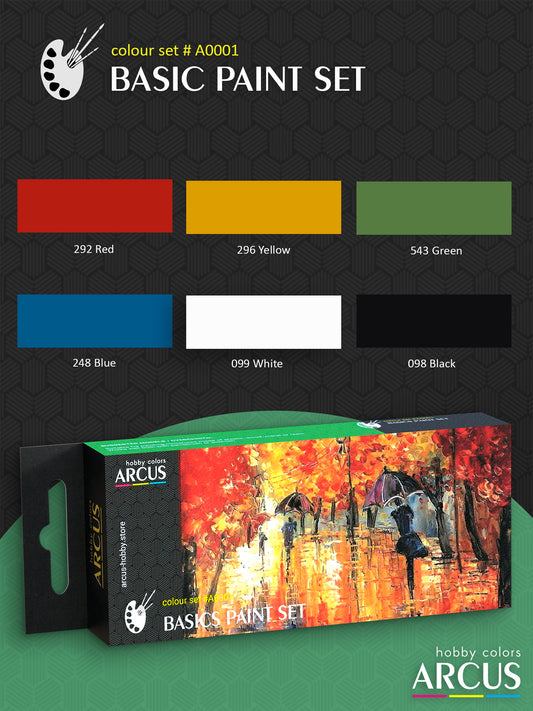Les forces aériennes modernes allemandes, plus connues sous le nom de Luftwaffe, ont été créées en 1956, pendant la Guerre froide, en tant que composante aérienne des forces armées de l’Allemagne de l’Ouest. Après la réunification allemande en 1990, certaines unités de l’ancienne RDA, qui faisaient partie de l’Armée populaire nationale depuis 1956, ont été intégrées à la Luftwaffe. Il est important de noter que la Luftwaffe actuelle n’a aucun lien avec la Luftwaffe de la Wehrmacht, qui existait de 1935 à 1945 et a été dissoute à la fin de la Seconde Guerre mondiale. Malgré cela, le terme "Luftwaffe" est souvent utilisé pour désigner aussi bien les forces aériennes de la Seconde Guerre mondiale que celles de l’Allemagne moderne.
Évolution de la Luftwaffe
Après la Seconde Guerre mondiale, l’aviation allemande a été sévèrement restreinte, avec une interdiction totale de l’aviation militaire imposée par la Commission de contrôle alliée en août 1946. Cependant, la situation a évolué en 1955, lorsque la RFA est devenue membre de l’OTAN. Le 9 janvier 1956, la Luftwaffe a été officiellement reconstituée en tant que composante aérienne de la Bundeswehr. Des pilotes célèbres de la Wehrmacht, comme Erich Hartmann, ont même intégré ses rangs. Les premiers avions reçus étaient des Republic F-84 Thunderstreak, livrés en janvier 1956. À ses débuts, la Luftwaffe fonctionnait sous deux commandements : l’un intégré à la deuxième armée aérienne tactique alliée, sous commandement britannique, et l’autre à la quatrième armée aérienne tactique, sous commandement américain.
Dans ses premières années, des unités clés ont été formées, comme la 61e escadre de transport aérien (Lufttransportgeschwader 61, LTG 61), équipée de Douglas Dakota, et la 31e escadrille de chasseurs-bombardiers (Jagdbombergeschwader 31, JaBoG 31), dotée de Thunderstreak américains. La 71e escadre de chasse (Jagdgeschwader 71, JG 71), équipée de Sabre canadiens, a également été créée. En 1963, le commandement de la Luftwaffe a été divisé en deux divisions aériennes mixtes, tandis que la 7e division aérienne et l'aviation navale allemande étaient placées sous le commandement de l’OTAN près de la mer Baltique.
En 1960, la Luftwaffe a reçu ses premiers chasseurs F-104 Starfighter, devenus les principaux intercepteurs de la Guerre froide. Les derniers F-104 ont été retirés au début des années 1990. Dans les années 1970, la Luftwaffe a acquis de nouveaux avions, tels que les C-160 Transall, les Alpha Jet pour l’entraînement, ainsi que les chasseurs F-4 Phantom et Panavia Tornado.
Après la réunification, en 1990, les avions et le personnel de la RDA (Luftstreitkräfte der NVA) ont été intégrés à la Luftwaffe. Les avions soviétiques, comme les Su-17, MiG-21, MiG-23 et MiG-29, ont été progressivement remplacés par des appareils modernes de l’OTAN. Les MiG-29, qui faisaient partie de la 73e escadre de chasse (Jagdgeschwader 73, JG 73), ont été remplacés par des Eurofighter Typhoon en 2004.
En 2018, la Luftwaffe a commencé à remplacer ses chasseurs Panavia Tornado vieillissants, en envisageant des options comme l’Eurofighter Typhoon, le F-15 Advanced Eagle, le F/A-18E/F Super Hornet et le F-35 Lightning.
En mars 2022, la ministre allemande de la Défense, Christine Lambrecht, a annoncé des plans pour l’achat de 35 chasseurs Lockheed Martin F-35 Lightning II afin de remplacer les Tornado. Cette décision a été prise car les Tornado étaient les seuls avions allemands capables de transporter des armes nucléaires américaines. L’Allemagne prévoit également d’acquérir 15 avions de guerre électronique Eurofighter Typhoon pour remplacer les vieux Growler. En avril 2022, l’Allemagne a opté pour le CH-47F Chinook afin de remplacer ses hélicoptères Sikorsky CH-53 Sea Stallion dans le cadre du programme de modernisation des hélicoptères de transport lourd (Schwerer Transporthubschrauber, STH).
Les opérations de la Luftwaffe moderne
La Luftwaffe moderne a été confrontée à des situations de combat peu après sa création. En septembre 1956, deux chasseurs Republic F-84F Thunderstreak de l’escadron JaBoG 32 ont accidentellement violé l’espace aérien de l’Allemagne de l’Est lors des exercices de l’OTAN "Checkmate", en raison de mauvaises conditions météorologiques et d’erreurs de pilotage. Ils ont été interceptés par des chasseurs de la RDA, mais les avions de la Luftwaffe ont réussi à échapper à la poursuite et à atterrir sans encombre à l’aéroport de Tegel à Berlin, alors sous contrôle français. Un incident similaire est survenu en 1962, lorsqu’un Hawker Sea Hawk de la marine allemande a été abattu.
Les premiers combats impliquant la Luftwaffe ont eu lieu dans les années 1990. En septembre 1995, lors de l’opération "Deliberate Force", les Tornado de la Luftwaffe ont soutenu l’artillerie de l’OTAN en frappant des positions serbes à Sarajevo, en Bosnie-Herzégovine.
En 1999, la Luftwaffe a activement participé à la campagne militaire au Kosovo, aux côtés d’autres membres de l’OTAN. Les Tornado ont mené des missions visant à neutraliser les systèmes de défense aérienne ennemis dans la région du Kosovo. En 2005 et 2008, les chasseurs F-4F Phantom II de la Luftwaffe ont été déployés dans des missions de l’OTAN pour patrouiller l’espace aérien des pays baltes.
En 2006, pour soutenir les opérations en Afghanistan, la Luftwaffe a envoyé des Tornado de reconnaissance de la 51e escadre "Immelmann" (Aufklärungsgeschwader 51 "Immelmann", AG 51) à la base aérienne de Mazar-i-Sharif, dans le nord de l’Afghanistan. Des hélicoptères de l’armée allemande étaient également stationnés sur cette base, tandis que les C-160 Transall de la Luftwaffe réalisaient des missions de transport à l’intérieur et à l’extérieur de l’Afghanistan.
Évolution des motifs de camouflage de la Luftwaffe
Au fil du temps, les motifs de camouflage des avions de la Luftwaffe ont évolué pour s’adapter aux exigences des époques, aux stratégies militaires et aux avancées technologiques. Chaque nouveau motif visait à rendre les avions plus discrets dans différents environnements tout en réduisant leur visibilité sur le champ de bataille.
Le premier motif standard de camouflage pour les avions de la Luftwaffe, le Norm 62, combinait des teintes de gris et d’olive afin d’assurer une meilleure dissimulation dans les paysages de l'Allemagne de l’Ouest.
Avec le Norm 72, l’agencement des taches de camouflage a été optimisé pour rendre les avions moins visibles dans les airs et au sol, notamment pendant les opérations militaires.
Le Norm 76 a introduit des touches de noir aux côtés des teintes grises et olive habituelles, renforçant ainsi l’efficacité du camouflage aussi bien de jour que de nuit.
En 1981, un schéma plus complexe, le Norm 81, a vu le jour. Il utilisait une palette de couleurs plus large pour offrir une meilleure dissimulation dans différents types de terrains. Ce camouflage était notamment répandu sur les avions Phantom.
Le schéma Norm 83 a été conçu pour améliorer la dissimulation dans les latitudes européennes tempérées. Il se composait principalement de nuances de vert, ce qui permettait de rendre les avions moins visibles en plaine comme en forêt.
Avec l’intégration de l’Allemagne à l’OTAN, la Luftwaffe a adopté de nouvelles normes de camouflage en accord avec celles de l’alliance. Le Norm 90J, un motif tricolore, est devenu populaire à cette époque car il correspondait aux standards de nombreux pays de l’OTAN.
Le Norm 95, quant à lui, utilisait une teinte entièrement grise, conforme aux normes FS (Federal Standard), ce qui facilitait l’entretien des appareils et améliorait leur compatibilité avec les autres forces aériennes des pays membres de l’OTAN.
Les évolutions des motifs de camouflage de la Luftwaffe visaient non seulement à renforcer la discrétion des appareils dans diverses conditions de combat, mais aussi à réduire leur détection par les radars ennemis. La standardisation des couleurs a également permis de simplifier l’entretien technique des avions, rendant les processus de peinture et de réparation plus efficaces, ce qui était crucial en temps de guerre.
Normes de camouflage de l’aviation allemande
Au cours des décennies, la Luftwaffe a apporté de nombreux changements à ses normes de camouflage, reflétant l’évolution des besoins militaires, des collaborations internationales et des progrès technologiques. L’introduction progressive des couleurs Federal Standard 595 (FS), en remplacement des couleurs traditionnelles du système RAL, a marqué une étape clé dans l’adaptation de la Luftwaffe aux réalités géopolitiques modernes.
À l’origine, les avions de la Luftwaffe étaient peints selon le système RAL, utilisé pour uniformiser les couleurs dans l’industrie et l’armée allemandes. Cette approche permettait de garantir une cohérence des couleurs entre les structures publiques et privées.
Après l’adhésion de l’Allemagne de l’Ouest à l’OTAN en 1955, il est devenu nécessaire d’unifier les schémas de camouflage au sein des alliés. Cela a mené à l’adoption des normes FS, largement utilisées par les pays de l’OTAN pour standardiser les camouflages et faciliter l’entretien des appareils.
En 1983, le Norm 83, un schéma utilisant des teintes de vert, a été introduit comme une première étape vers la transition complète aux standards de l’OTAN. Dans les années 1990, la Luftwaffe a adopté le Norm 90J, un schéma tricolore conforme aux exigences de l’OTAN et utilisant les couleurs FS.
Après la réunification de l’Allemagne en 1990, une partie de l’aviation de l’ancienne RDA, qui utilisait des appareils soviétiques comme les Su-17, MiG-21, MiG-23 et MiG-29, a été intégrée à la Luftwaffe. Ces avions étaient peints selon les standards typiques de l’aviation soviétique d’après-guerre.
En 1995, la Luftwaffe a achevé sa transition vers le schéma Norm 95, basé sur une palette de gris FS. Ce changement a simplifié l’entretien des avions et renforcé leur compatibilité avec les forces aériennes des États-Unis et des autres membres de l’OTAN.
Le passage aux nouvelles normes de couleur a marqué une étape importante dans l’intégration de la Luftwaffe avec ses alliés, assurant une uniformité dans les systèmes d’identification et facilitant l’entretien des appareils. Cela reflète également l’orientation stratégique de l’Allemagne vers une coopération internationale plus étroite et une efficacité accrue de ses forces aériennes.
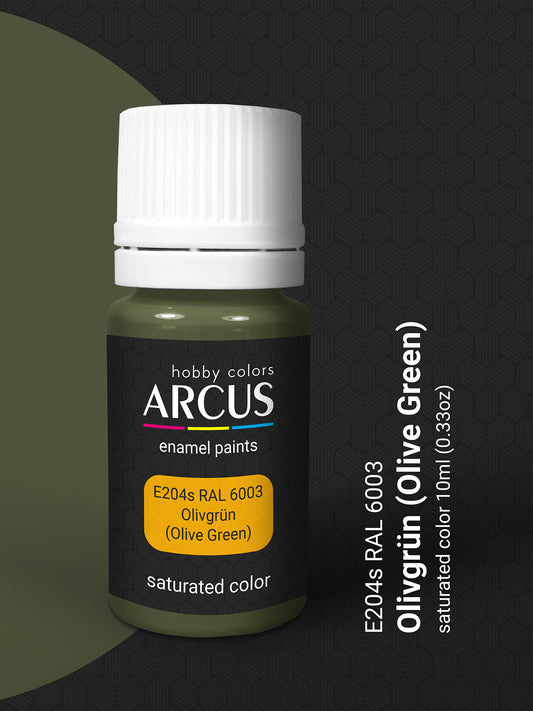
 VenteDistributeur :Arcus HobbyPrix habituel $1.69 USDPrix habituelPrix unitaire par
VenteDistributeur :Arcus HobbyPrix habituel $1.69 USDPrix habituelPrix unitaire par
 VenteDistributeur :Arcus HobbyPrix habituel $1.69 USDPrix habituelPrix unitaire par
VenteDistributeur :Arcus HobbyPrix habituel $1.69 USDPrix habituelPrix unitaire par
 VenteDistributeur :Arcus HobbyPrix habituel $1.69 USDPrix habituelPrix unitaire par
VenteDistributeur :Arcus HobbyPrix habituel $1.69 USDPrix habituelPrix unitaire par
 VenteDistributeur :Arcus HobbyPrix habituel $1.69 USDPrix habituelPrix unitaire par
VenteDistributeur :Arcus HobbyPrix habituel $1.69 USDPrix habituelPrix unitaire par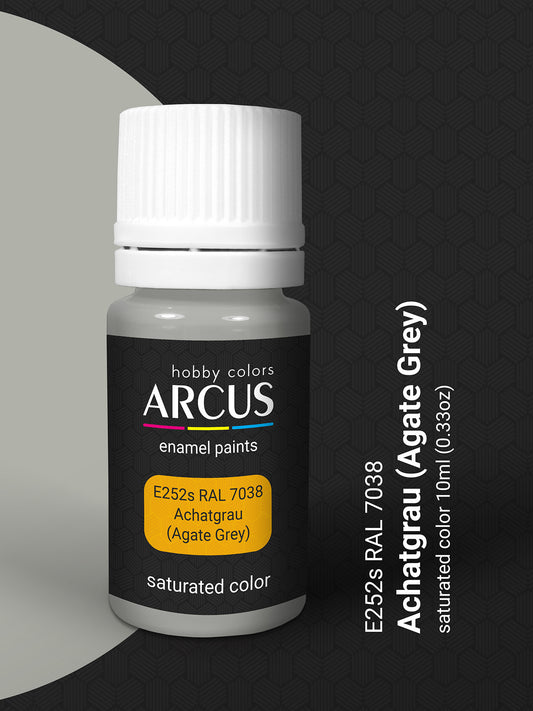
 VenteDistributeur :Arcus HobbyPrix habituel $1.69 USDPrix habituelPrix unitaire par
VenteDistributeur :Arcus HobbyPrix habituel $1.69 USDPrix habituelPrix unitaire par
 VenteDistributeur :Arcus HobbyPrix habituel $1.69 USDPrix habituelPrix unitaire par
VenteDistributeur :Arcus HobbyPrix habituel $1.69 USDPrix habituelPrix unitaire par
 VenteDistributeur :Arcus HobbyPrix habituel $1.69 USDPrix habituelPrix unitaire par
VenteDistributeur :Arcus HobbyPrix habituel $1.69 USDPrix habituelPrix unitaire par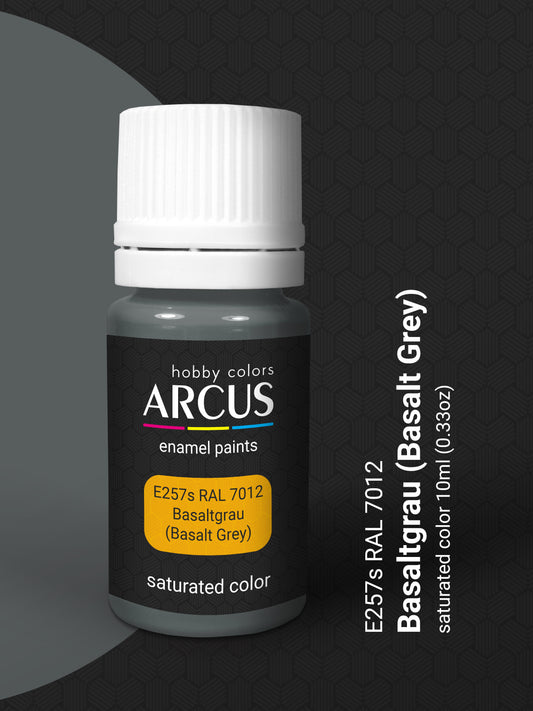
 VenteDistributeur :Arcus HobbyPrix habituel $1.69 USDPrix habituelPrix unitaire par
VenteDistributeur :Arcus HobbyPrix habituel $1.69 USDPrix habituelPrix unitaire par

























